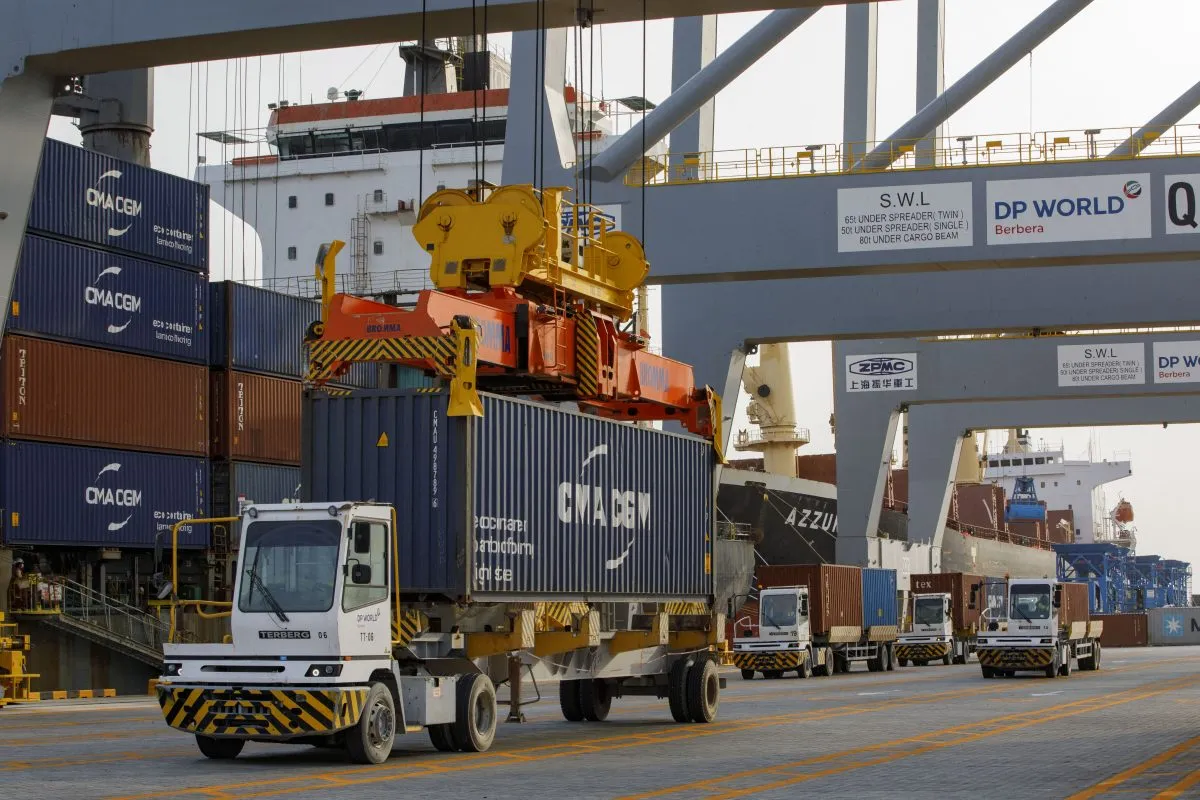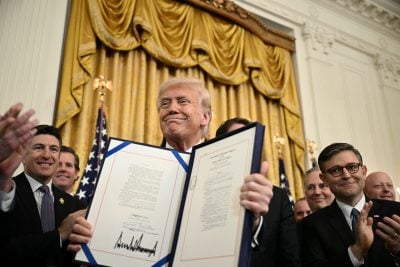Africa’s international trading partners, from the European Union to China to the UK and Japan, are all developing non-tariff trade measures that raise urgent questions about the sustainability of African exports in future. These measures risk worsening Africa’s economic vulnerabilities if not acted upon.
Recently, the EU and UK announced their Carbon Border Adjustment Mechanisms (CBAMs), due to take effect in 2026 and 2027 respectively. Delays in compliance are estimated to cost African countries as much as $25bn every year, severely undermining the global competitiveness of African industrial sectors that should be scaling up, not shrinking.
The EU has also announced measures affecting fossil fuel exports through its Methane Regulation. African exporters of agricultural products such as cocoa are already raising the alarm about their readiness to comply with the EU’s Deforestation Directive.
Africa is already experiencing the economic strain of emerging climate-linked trade measures. African exports – from South African steel to Ghanaian cocoa and Mozambican aluminium – face growing risks of exclusion from key global markets due to emerging carbon-related trade frameworks.
Without strategic support, these measures could stall growth, threaten jobs and livelihoods, and deepen global economic inequalities.
A trade decarbonisation fund could enable Africa to be competitive, promoting fairness, stronger supply chains and help Africa navigate these measures and frameworks in the global trading system.
Through grant-based support for building emission monitoring systems and policy frameworks, as well as highly concessional financing for green industrial processes and resources for low-carbon manufacturing, a trade decarbonisation fund could provide the financial building blocks to remain competitive. The fund would be about global fairness, resilience in supply chains and strengthening African ability in the emerging global low-carbon trading systems.
Green trade barriers
The European Union CBAM, which is set to be fully implemented by 2026, aims to impose a cost on the carbon content of goods entering the EU. The UK plans to introduce its own CBAM by 2027.
Although not yet applicable to international trade, China, Africa’s largest trading partner, has also significantly ramped up its Emission Trading Scheme (ETS) since 2021, This aims to control and gradually reduce carbon dioxide emissions. The ETS applies to several economic sectors, including the cement, steel and aluminium smelter industries.
It would arguably be a matter of time before China also extends its ETS to international trade. Some G20 members, such as Brazil, have also established regulated carbon pricing frameworks on key industries, while India adopted the precursor regulation to its planned Carbon Credit Trading Scheme (CCTS) in July 2024.
Although these measures vary in form and in the pace at which they are being introduced, they represent structural adjustments to global trade rules. In other words, this is the new reality that African exporters must reckon with. Africa’s natural endowment is often touted as a solution to these shifts, but it needs to be unlocked, especially by providing effective financing solutions to support the transition of existing African exporting industries while supporting the emergence of new ones.
For Africa, there is a lot at stake with these reforms. Africa must find a way to navigate these reforms and barriers so as not to be left straggling.
The need for an African trade decarbonisation fund
An African trade decarbonisation fund would provide grant financing to support soft infrastructure building, such as systems for emission counting, and concessional loans to support hard infrastructure. The fund could also facilitate partnerships for the diffusion of new technologies to support, for example, more energy-efficient industrial processes.
Partners such as the EU have indicated their willingness to recycle the revenue of CBAM. The European Commission estimates that CBAM could generate approximately €1.5bn annually for the EU budget from 2028. Under the current legislation, the EU CBAM revenue would be disbursed into the EU budget, but as a way of providing transparency and effective use of the resources, the revenue could be channelled through the African fund, where it could be leveraged. This will require EU regulation adjustments. Other partners can take a similar approach.
This approach is not about charity but about mutual benefit, global responsibility and commitment to the principles enshrined in the Paris Agreement, the 2016 United Nations international treaty on climate change. The fund can be located within an African regional bank, preferably an import-export bank that has a track record of high leveraging ratios.
The climate-trade transition is underway, with or without Africa’s input. If African economies are to thrive in this new era, they need tools to support adaptation and capture the opportunity presented by a transition that, on paper, would benefit African countries. But that requires genuine and transformative efforts. A trade decarbonisation fund is not just a financial mechanism; it is a strategic necessity.
Want to continue reading? Subscribe today.
You've read all your free articles for this month! Subscribe now to enjoy full access to our content.
Digital Monthly
£8.00 / month
Receive full unlimited access to our articles, opinions, podcasts and more.
Digital Yearly
£70.00 / year
Our best value offer - save £26 and gain access to all of our digital content for an entire year!

 Sign in with Google
Sign in with Google 



